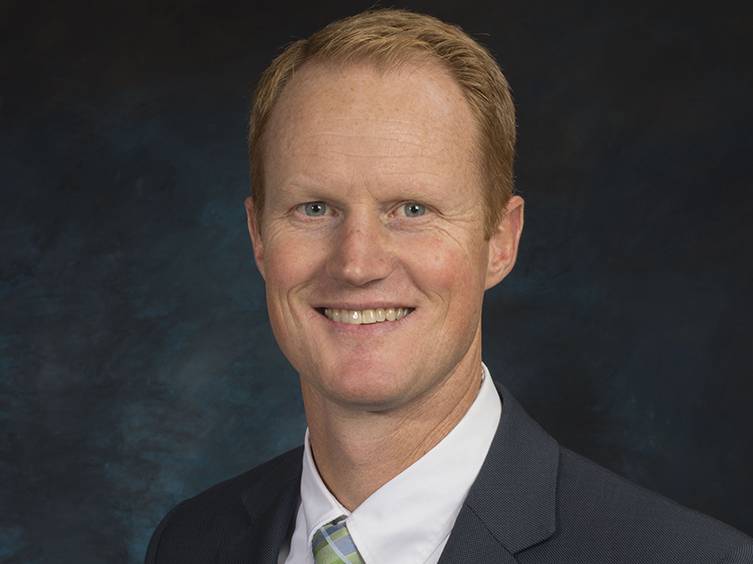About Dr. Jed Hancock

Dr. Jed Hancock
Space Dynamics Laboratory
Programs and Operations
Executive Director
Dr. Jed Hancock is the director of the Space Dynamics Laboratory’s Civil Space Division at Utah State University. He oversees a portfolio of sensor system and small satellite projects for government, academic, and commercial customers. Dr. Hancock has a successful record of leading research, including development of IR, visible, and UV systems such as NASA’s OSIRIS-Rex Camera Suite (OCAMS) detector assemblies and cameras for the NASA Ionospheric Connection Explorer (ICON) mission. He is currently the system engineer for the NASA Near Earth Object Camera (NEOCam) instrument and is developing future instrumentation to search for life on the surface of Europa.
Dr. Hancock received an undergraduate degree and a Master’s of Science in electrical engineering from Utah State University. He earned a PhD in Optical Sciences from the University of Arizona where he was class valedictorian. Dr. Hancock loves to share his enthusiasm for the sciences and learning by teaching classes at the University and serving in his community. He lives in Wellsville, Utah with his wife Natalie and their six children.
Protecting Our Planet and Mapping Our Future with USU Space Technology
Our planet Earth is drifting through a cosmic shooting gallery of remnant debris from the solar system formation process. Bright meteoroid showers and large impact craters are physical evidence of our nearby asteroid population and the potential danger they present. NASA uses technology provided by the Space Dynamics Laboratory (SDL) at Utah State University (USU) for missions like WISE to find near Earth objects (NEOs) and OSIRIS-REx to bring an asteroid sample back to Earth. SDL is currently working on a future mission for NASA called the Near Earth Object Camera (NEOCam) that will find millions of unknown objects and diagnose the threat of potentially hazardous asteroids (PHAs). The space research performed at USU/SDL maps our future by educating the next generation of scientists and engineers, furthering scientific understanding, and providing for our national security.

